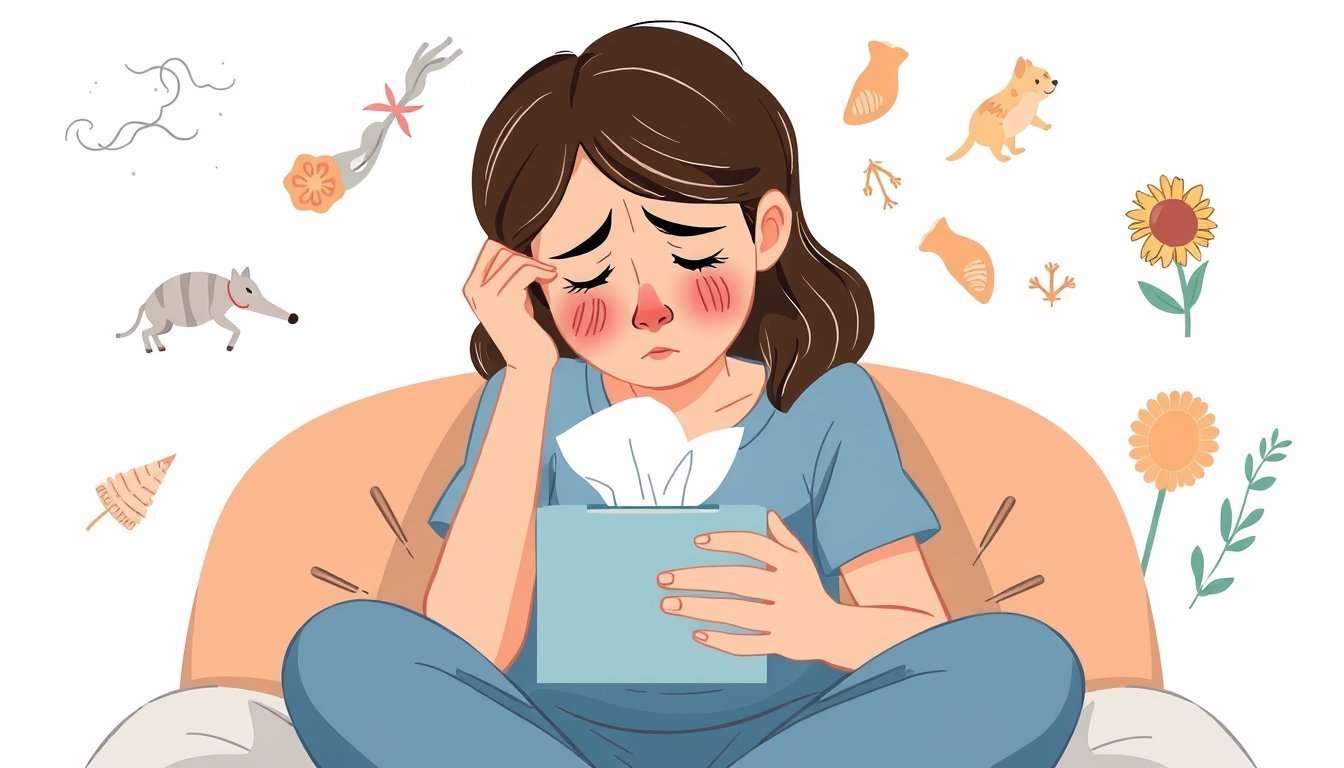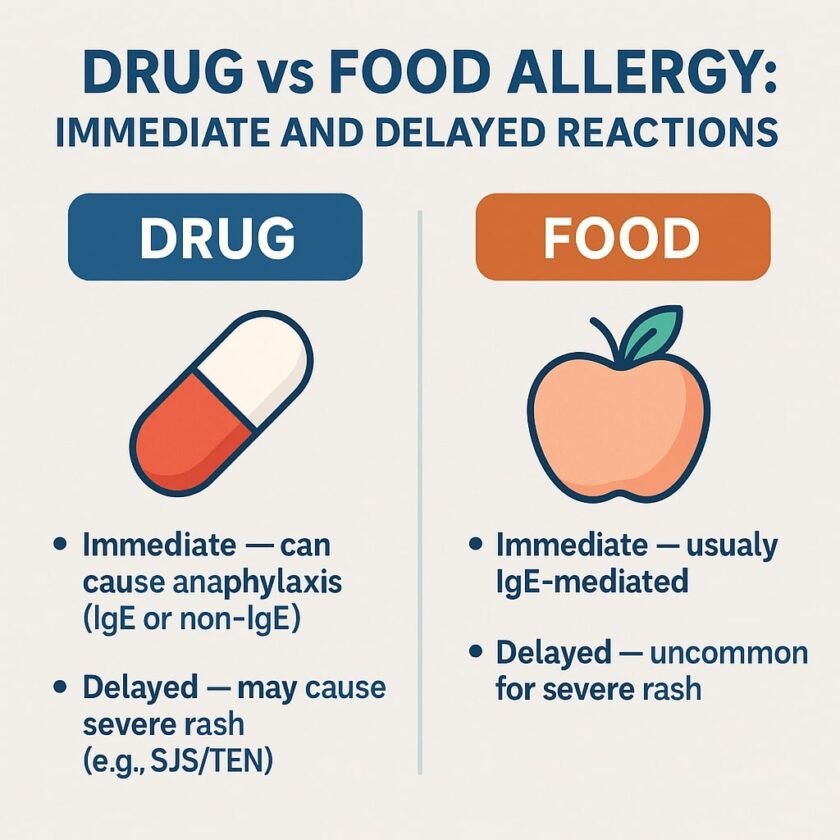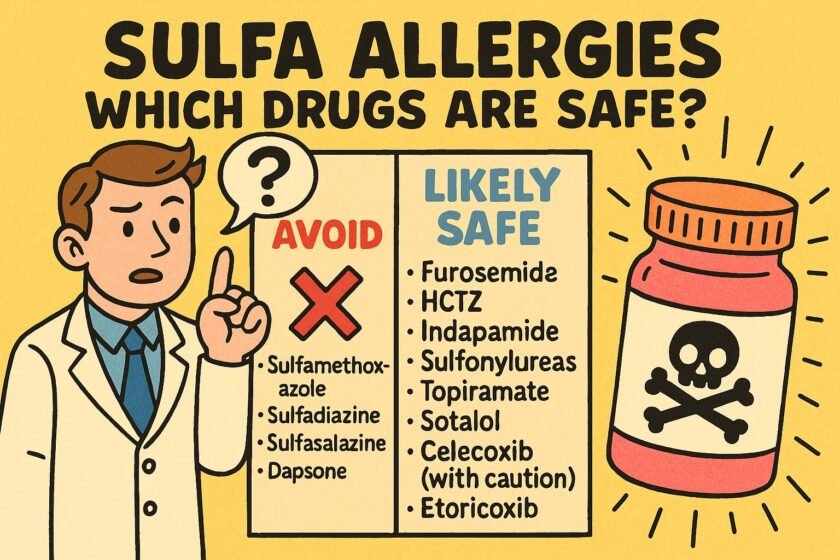Do you constantly reach for tissues, battle a stuffy nose, or wake up with unexplained headaches?
You might be dealing with chronic rhinitis—but how much do you really know about this condition? Unfortunately, many chronic rhinitis misconceptions can lead to ineffective treatments and prolonged discomfort. Let’s set the record straight and uncover the truth about this common but often misunderstood condition.
Misconception: Chronic Rhinitis Is Just a Runny Nose
Many people think chronic rhinitis is no more than a minor annoyance, but the reality is far more complex. Chronic rhinitis can severely impact your quality of life by:
- Disrupting your sleep.
- Reducing your daily energy levels.
- Making it harder to concentrate or work effectively.
- Affecting your overall breathing comfort.
For example, constant nasal congestion may force you to breathe through your mouth, especially at night. This can lead to:
- Dry mouth and sore throat.
- Poor sleep quality or insomnia.
- Stomach bloating from swallowing air during sleep.
One of the most damaging chronic rhinitis misconceptions is that it’s “just a runny nose.” In reality, untreated rhinitis can disrupt your daily life in ways you might not expect.
Misconception: All Triggers Are Allergies
Another common misunderstanding is that all chronic rhinitis symptoms are caused by allergies. In fact, many triggers are irritants, not allergens. Knowing the difference is crucial for effective treatment.
- True Allergens: Dust mites, pollen, pet dander, mold spores.
- Irritants: Cigarette smoke, strong odors, air pollution, cold air, chemical fumes.
Why this matters:
- Allergies require treatments like antihistamines or immunotherapy (allergy shots).
- Irritant reactions are better managed by reducing exposure and controlling symptoms.
- Proper allergy testing helps you identify whether allergens or irritants are to blame.
Understanding the difference between these triggers can help dispel one of the most persistent chronic rhinitis misconceptions.
Misconception: Headaches Mean Migraines
Persistent headaches, especially in the morning or at night, are often misdiagnosed as migraines. In reality, chronic rhinitis can cause sinus-related headaches due to blocked nasal passages.
- Sinus Headaches: Dull, throbbing pain around the forehead, cheeks, or eyes.
- Migraines: Intense, often with nausea, light sensitivity, or sound sensitivity.
Recognizing this difference can help you avoid unnecessary migraine treatments and address the root cause of your headaches. This is one of the more overlooked chronic rhinitis misconceptions.
Misconception: Allergies Only Happen in Certain Seasons
Think allergies are just a seasonal issue in spring or fall? Think again. Many chronic rhinitis sufferers experience year-round symptoms caused by indoor triggers like:
- Dust mites in mattresses, bedding, and carpets.
- Pet dander from furry companions.
- Mold in damp areas like bathrooms or basements.
- Poor indoor air quality.
Indoor allergens are a common cause of chronic rhinitis symptoms, proving that one of the biggest chronic rhinitis misconceptions—that allergies are seasonal—is far from true.
Misconception: Antihistamines Are Enough
A prevalent myth is that taking an antihistamine when symptoms get bad is all you need to manage chronic rhinitis. In reality, successful management often requires a more comprehensive approach:
- Use nasal corticosteroids regularly to reduce inflammation and prevent symptoms.
- Take antihistamines as needed for immediate relief of mild symptoms.
- Consider long-term strategies like lifestyle changes and immunotherapy.
Overreliance on antihistamines is one of the most common chronic rhinitis misconceptions, often leading to incomplete symptom control.
Hidden Symptoms of Chronic Rhinitis
Chronic rhinitis doesn’t just cause a runny nose or sneezing. It can also lead to lesser-known symptoms, such as:
- Insomnia: Nasal congestion can make it hard to sleep soundly.
- Fatigue: Chronic inflammation and poor sleep leave you feeling drained.
- Shortness of Breath: Severe nasal blockages can affect your breathing.
- Morning Sore Throat: Mouth breathing due to congestion can cause irritation.
- Stomach Bloating: Swallowing air during mouth breathing may lead to bloating.
Recognizing these hidden symptoms helps paint a fuller picture of the impact of chronic rhinitis.
Tips for Managing Chronic Rhinitis
- Use Nasal Sprays Properly:
- Hold your breath while spraying.
- Aim the spray slightly outward, toward your ear.
- Use consistently for best results.
- Track Your Triggers:
- Keep a diary to identify patterns in symptoms.
- Get allergy testing if symptoms persist.
- Improve Your Environment:
- Use air purifiers to reduce allergens and pollutants.
- Wash bedding weekly in hot water to eliminate dust mites.
- Avoid exposure to smoke, strong odors, or other known irritants.
When to See a Doctor
Sometimes, what seems like chronic rhinitis could signal other health issues. You should consult a healthcare provider if:
- Symptoms persist despite treatment.
- You experience severe headaches, facial pain, or blood in nasal discharge.
- You notice new or unusual symptoms, especially if you’re older.
Conditions like nasal polyps or a deviated septum might require different treatment approaches.
The Bottom Line
Chronic rhinitis isn’t just an annoying condition—it’s a medical issue that can significantly affect your daily life. By understanding and addressing chronic rhinitis misconceptions, you can take control of your symptoms and improve your quality of life.
If your symptoms don’t improve with standard treatments, consult a healthcare provider to explore tailored solutions that work for you.
Disclaimer:
This article is for informational purposes only and does not replace professional medical advice. Always consult a healthcare provider for proper diagnosis and treatment.




